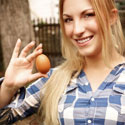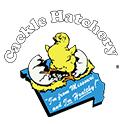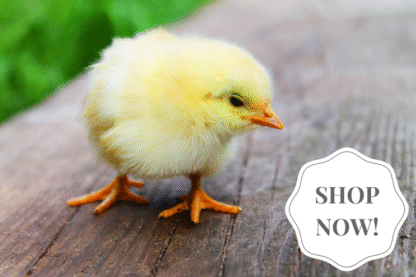
The age at which a healthy hen lays her first egg depends, in large part, on her breed. Chicken breeds that are developed primarily for high egg production may start laying soon after they reach four months of age. Many backyard breeds start laying at the age of about 5 months. Chicken breeds that are slow to develop to maturity may not lay until the age of about 8 months, or even later.
Eggs Are on the Way
A pullet (young hen) that is ready to start laying eggs will display several distinct signs. She will be nearly full size for her breed and will have developed a complete set of shiny adult plumage. Just before she starts to lay, her small, pinkish comb will grow larger and redder. The pullet may begin to sing or otherwise become more vocal.
She will start checking out possible nesting sites, peering into dark corners of the coop or wandering in and out of nest boxes, maybe even sitting there for a short time as a sort of test run. Providing well-designed nest boxes ahead of when you expect your first eggs helps ensure that your hens won’t lay eggs on the coop floor – in soiled litter.
The pullet’s pubic bones — the pair of pointy bones located below the breast near the vent — will increase in flexibility and spread apart to make room for eggs to pass through. By the time a pullet is ready to start laying, you should be able to place at least three fingers between her pubic bones, or two fingers if she is a small breed.
The purpose of laying eggs, from a hen’s point of view, is to produce chicks. A hen that is about to start laying will therefore instinctively want her eggs to be fertile. If a rooster approaches, she will crouch down to be mated. If your flock has no rooster, she may crouch for another hen, or for you if you attempt to pet or touch her.
The First Eggs
Once a pullet starts laying, her reproductive system requires a few days to fully gear up. Her first eggs may be tiny and contain no yolk. They may be oddly shaped or have a soft, rubbery shell. Assuming the flock is managed for healthy egg laying, in about two weeks after the pullet starts laying, her eggs should reach the normal size and shape for her breed.
After about eighteen months of laying, the hen will molt, or gradually drop her feathers, and she will develop a fresh coat of plumage. Most hens stop laying during the molt. Sometimes a hen will signal the end of the first year of laying by producing a small egg, similar to her first pullet egg.
The first egg laid after the molt may likewise be small or otherwise odd. During the second year of laying, the hen’s eggs will be bigger than before, but she won’t lay quite as many as she did during the first year. As the hen ages the pattern will continue, with tiny or misshapen eggs signaling the beginning or end of a molt and a new year of laying larger, but fewer, eggs. Each egg a hen lays is an exciting event, but never quite as exciting as finding a pullet’s first egg.
And that’s today’s news from the Cackle Coop.
Gail Damerow, author, Storey’s Guide to Raising Chickens
<! — Blog –>



How often should we change shavings in a coop so hens will lay in nesting box and what kind of nesting material is best ours are still very young about two months old and two are two weeks old the bigger ones kept peeking and billing the little ones so we took them back out of the coop we made for them so the little ones are in a small one we made
At two weeks old, they are too young to be in the coop. They are a separate flock and need to be slowly introduced when the time is right for them to be together. Straw or hay would be best, a thick layer in the nesting box. However how often you changed those shavings is dependent on how many birds you have. And I would change the bedding at least once a month, sometimes more often depending on the quantity of birds you have.